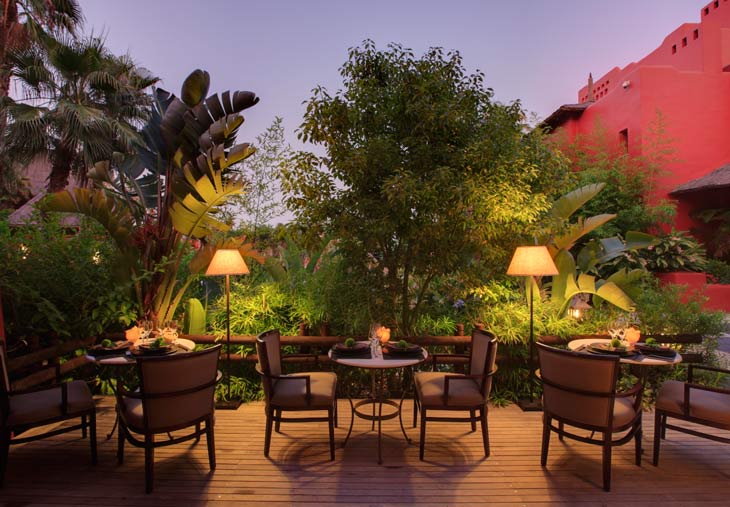Today, at Asia Gardens Hotel Luxury 5 Star we would like to approach the shores of one of the largest rivers of Asia, the Li River in China, also known as Lijiang River, a major tributary of the Pearl River.
This river has sparked the imagination of both artists and writers as well as tourists who currently visit it. They say of it that its views and surrounding nature are spectacular, creating on every person who visits it an idyllic memories of natural beauty.
Along all its way down, Li river homes small villages that multiply visitor’s interest adding the cultural studding to the stunning natural landscape.
One of those is Daxu, one of the main antique trade markets that takes you to another time.
The boat ride is usually the most common way to travel this crystalline and nice river, which shows several aspects of Chinese life and culture. The most common tourist cruises, perform a Li River cruise of 83 km between the cities of Guilin and Yangshuo.
Some of the offered type of cruises includes the visit to the Grotto of the Reed Flute; and amazing/impressive cave with a large number of stalactites and stalagmites, as well as the magic rock curtains for which river Li waters flows out.
On this journey down the river we find also one of the world’s oldest canals, the Lingqu Canal. Visitor will be caught by the surprise of discover some mansion houses that stand out among the traditional landscape and vast natural setting.
Another feature of this tour is the mountains surrounding the river, with their unique shapes and assembled in different combinations between the meandering curves of the river.
The best way to enjoy completely the mountains that surround the Li River, is to take a getaway and walk one of the routes by foot to observe the grandeur and extension of the way, and enjoy the mountain Yaoshan to which it is possible to climb also chairlift .
From this peak, the view is one of the most beautiful views of the whole journey and no one doubt: it is one of the “must” visits. The calm and peace that is breathed up there, with the silence only hampered by natural noises, make it one of the most beautiful experiences to be found in Asia.
All this peace and beauty that brings the Li River, is what we wanted to move to our natural areas and pools in Asia Gardens. The mix between tradition and modernity coexists among the different areas of the hotel, so you also could take a unique and idyllic experience. Come to Hotel Asia Gardens and live your own Asian cruise through our pools; we are looking forward to see you/we are waiting you.



